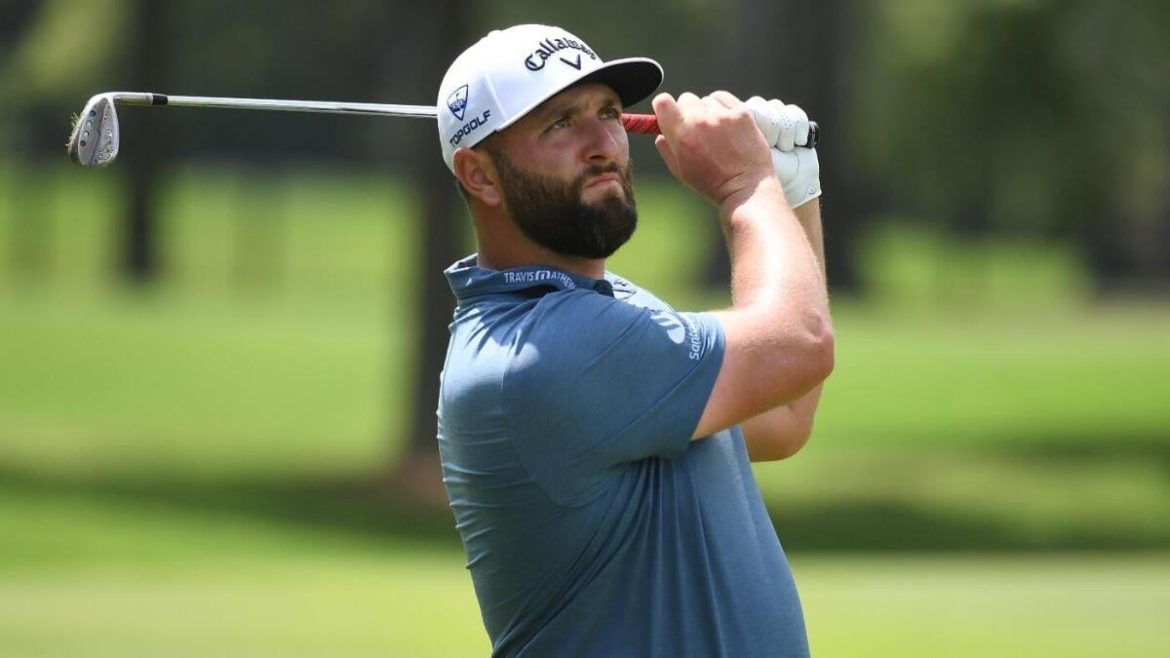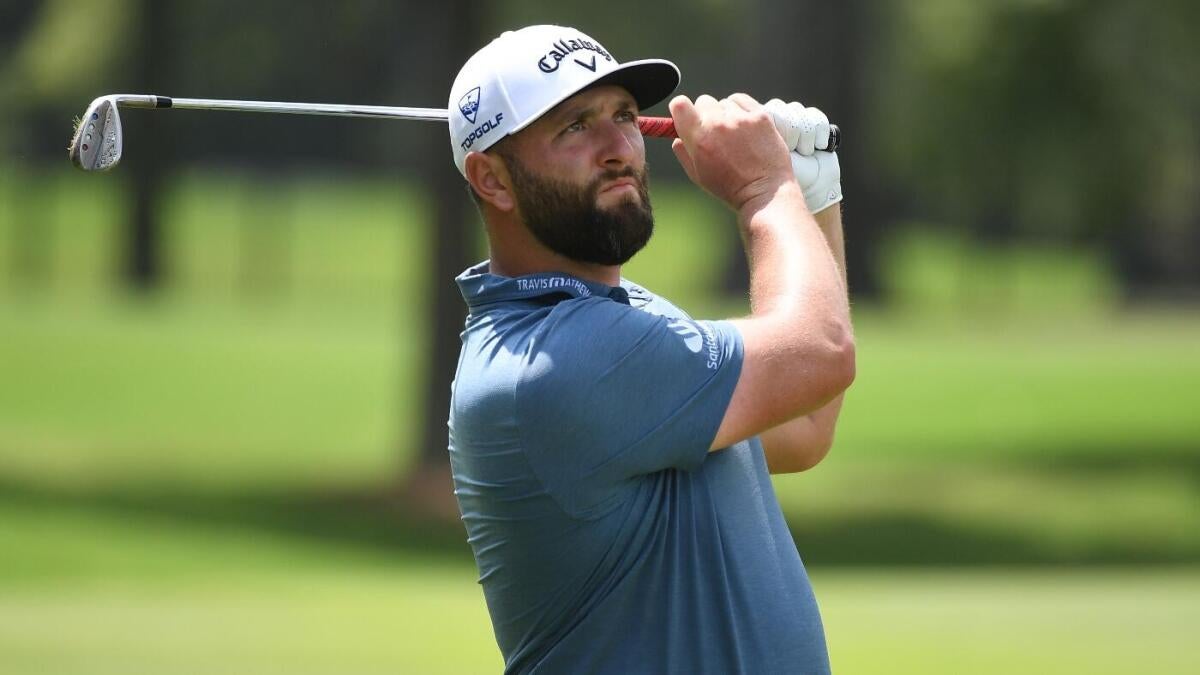The 2025 golf major season, particularly the U.S. Open, is stirring anticipation and speculation among enthusiasts and bettors alike. Drawing from a seasoned golf prediction model—one credited with accurately forecasting outcomes of 15 major championships, including recent Masters and PGA events—insights into probable victors, dark horses, and surprising leaderboard movements offer a fascinating glimpse at what to expect in the coming months.
The Power of Predictive Modeling in Golf Majors
Predictive models in golf blend statistical analysis of past performances, course characteristics, player form, and other variables, running thousands of simulations to estimate odds and probable finishing positions. The SportsLine model under discussion has demonstrated remarkable consistency, boasting a record of nailing 15 major outcomes, bolstering its credibility as a reliable predictor. Its insights do not merely regurgitate popular opinions; rather, they delve into counterintuitive projections that challenge conventional wisdom, enriching the narrative around key tournaments.
Key Players and Predictions to Watch in the 2025 U.S. Open
1. Scottie Scheffler and Rory McIlroy: Favorites Under Close Watch
Scheffler (+320 odds) and McIlroy feature prominently atop the model’s favorite list, reflecting their robust recent form and past successes. Scheffler, poised to contend for his second major of the year, brings momentum into Oakmont Country Club, a notoriously challenging course. McIlroy’s experience and finesse make him a perennial threat as well.
2. Patrick Cantlay: The Longshot with Potential
Perhaps the most intriguing projection is the model’s strong endorsement of Patrick Cantlay, a 42-1 underdog, as a formidable contender. Despite never having yet captured a major, Cantlay’s consistent tour performances suggest he is undervalued by the betting public. This recommendation spotlights him as a prime candidate for bettors seeking significant returns, with the potential to disrupt the expected order.
3. Jon Rahm: A Surprising Underperformer?
In a startling upset to expectations, the model forecasts Jon Rahm, a former U.S. Open champion and multiple major winner, to stumble and scrape barely into the top 10. Given his recent contention at the PGA Championship and history of clutch performances, this prediction adds a layer of intrigue, emphasizing that no player’s victory is guaranteed—even seasoned champions.
4. Justin Thomas: Another Dark Horse in the Mix
Justin Thomas, pegged as a 33-1 longshot, garners attention as a candidate who could mount a strong charge for the title. For bettors, this represents another opportunity to back a high-caliber golfer whose odds may not fully reflect his capacity to excel in major conditions.
Broader Implications Across Other Key PGA Tournaments
The consistency of the predictive model extends beyond the U.S. Open, with strong projections for tournaments such as the PGA Championship, RBC Canadian Open, Charles Schwab Challenge, and the Memorial Tournament. For example:
– At the PGA Championship, 10,000 simulated runs spotlight surprise picks among PGA Tour players.
– At the Memorial Tournament, Xander Schauffele, despite being a favorite and nine-time PGA winner, is predicted to falter and fall short of the top five.
– The model’s ongoing success at various tournaments is a testament to its nuanced incorporation of form, course fit, and competitive dynamics.
Understanding the Impact on Betting and Tournament Fandom
These data-driven insights do more than inform bets—they shift how fans and analysts perceive player momentum and tournament narratives. Highlighting underdogs like Cantlay and Thomas encourages deeper engagement than merely tracking the sport’s megastars. Moreover, the cautionary prediction regarding Rahm serves as a reminder of golf’s unpredictability and the razor-thin margins that decide major outcomes.
Golf fans and bettors benefit greatly from these model-driven perspectives:
– Informed wagering: The identification of undervalued players helps bettors target higher payouts grounded in solid analytical foundation.
– Enhanced viewing experience: Knowing the model’s surprising projections builds anticipation around players expected to underperform or exceed expectations, adding layers of drama to the unfolding events.
– Strategic bet diversification: Instead of focusing narrowly on favorites, bettors can allocate stakes across a spectrum of contenders, balancing risk and reward with sophistication.
The Course Factor: Oakmont Country Club’s Challenge
Oakmont, host of the 2025 U.S. Open, has a reputation as one of the toughest courses in championship golf. The model’s simulations likely integrate the demanding nature of its layout, favoring players with demonstrated accuracy, stamina, and mental resilience—traits embodied by the field favorites and some dark-horse contenders alike.
Conclusion: Embracing the Unexpected in 2025’s Major Golf Scene
The landscape of the 2025 U.S. Open and other PGA events promises exciting drama underscored by data-driven revelations. While established stars like Scheffler and McIlroy remain top bets, the model’s compelling forecasts for players like Patrick Cantlay and Justin Thomas invite us to anticipate surprises. Conversely, the unexpected dimming of a dominant figure like Jon Rahm highlights golf’s volatility.
This blend of assured expertise and unpredictability captures the essence of major championship golf—a thrilling interplay of skill, strategy, and chance. As the season unfolds, keeping a close eye on these model-driven insights can enrich how spectators support their favorites and pursue wagers, ensuring they remain engaged and informed through every stroke and putt.





